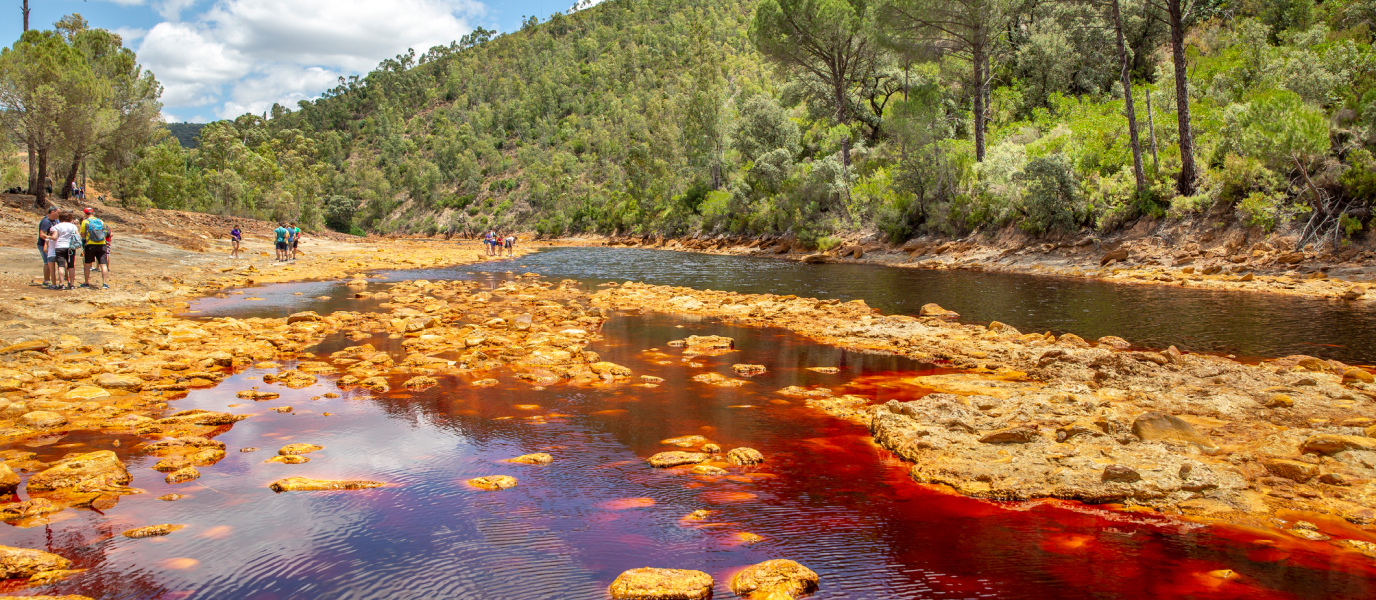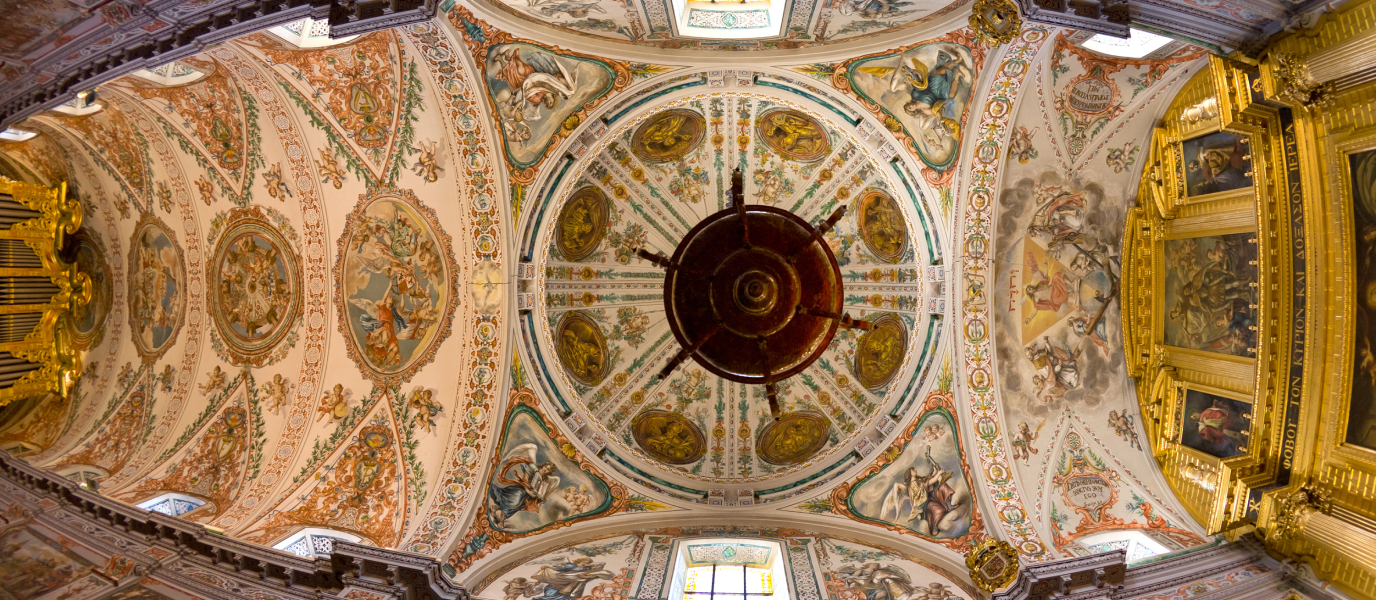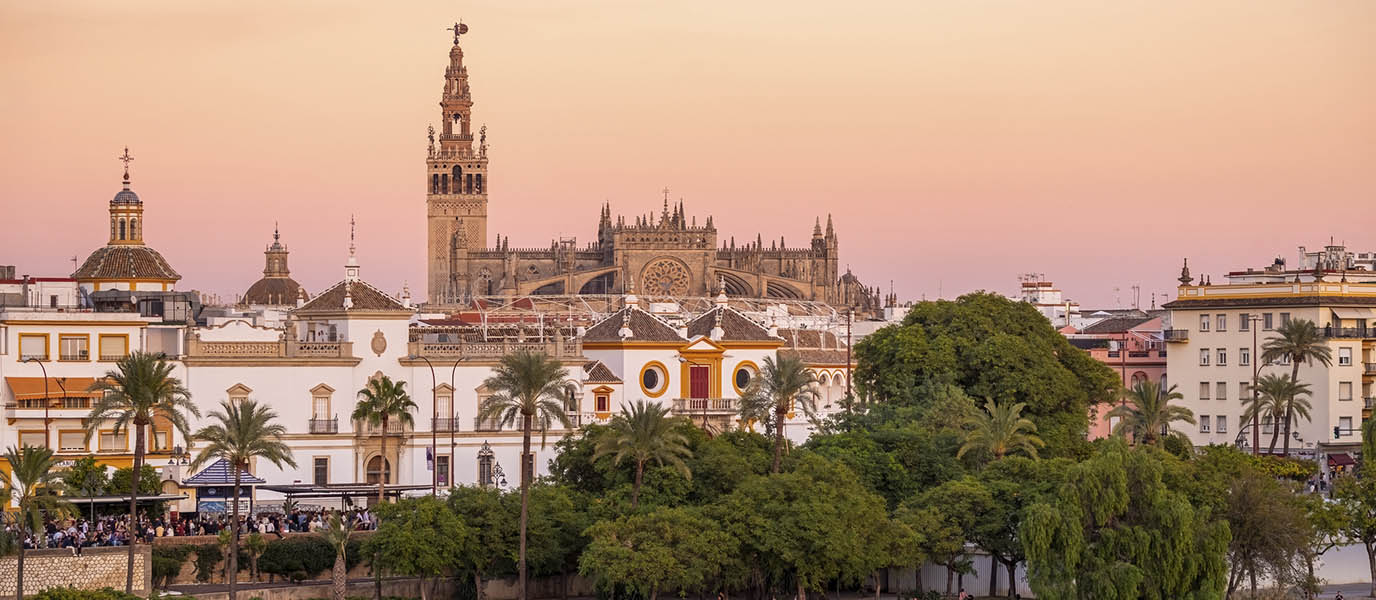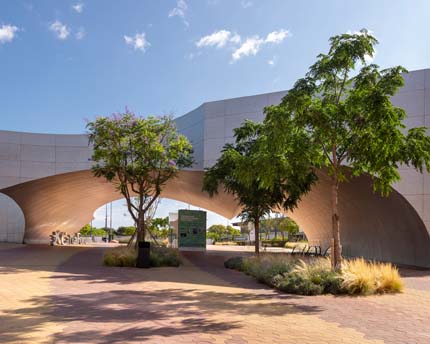The Parque Minero de Riotinto [Riotinto Mining Park] gives us access to 5,000 years of mining tradition and to an ecosystem which is unique in the world. Past the reproduction of the Roman mine, up to the British architecture brought to Huelva by the British Rio Tinto Company Limited early in the last century, the watchful eye of the red river flows on, still hiding many of the mysteries of its composition that have made it the subject of study by NASA. The Riotinto mining basin has been designated an Asset of Cultural Interest, and a visit to the mining park has several aspects.
The Ernest Lluch mining museum
The former hospital of the Rio Tinto Company Ltd. (which operated the mine from 1873 until 1954) has been restored to house the mining museum, and to transport us back through the various stages of the area’s mining history.
Firstly, visitors can see the reproduction of a Roman mine with its waterwheels used to pump out the water that flooded the tunnels.
Another of the museum’s gems is the Maharajah’s carriage built for Queen Victoria of England, and brought to the area for a visit by King Alfonso XIII. A tour of the museum’s 17 rooms will reveal the secrets held in the subsoil, and you will see how the Riotinto Mines have influenced the life of the whole region.
A ride on a hundred-year-old railway line
The British built the railway line to connect the mines with the port of Huelva. Now, visitors can ride the 12-kilometre journey in restored contemporary coaches and stop off by the sea at the end. A journey in a wooden, nineteenth-century train, crossing a landscape that really could be from Mars. Two of the steam locomotives that do the trip are the oldest in Spain.
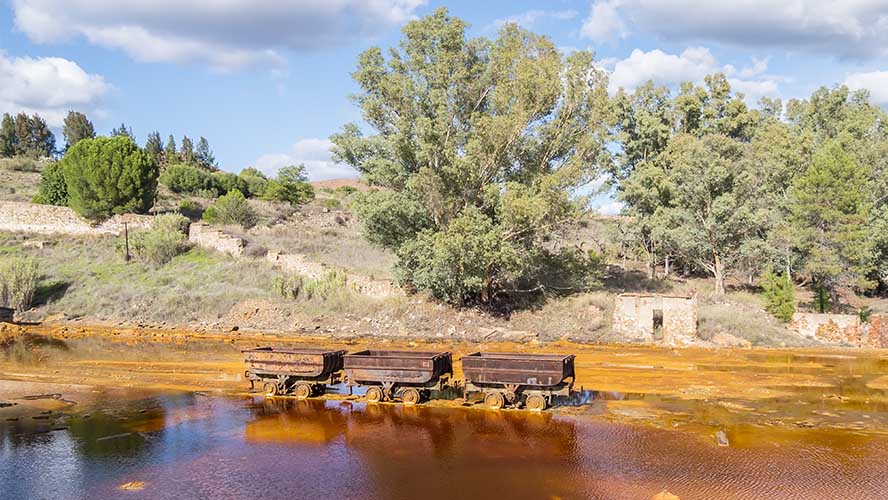
The journey, following the course of the river, gives an idea of how the river got its name. Its copper colour is a result of the water’s high concentration of heavy metals such as copper and iron. The train trip enables visitors to see the remains of mining activity in the area, the course of the Riotinto and its remarkable ecosystem. The trip ends at the mouth of the river, so that visitors can take time to enjoy it close up. The guides will warn you that if you splash your clothes with water from the river, the stain will not come out—so keep an eye on children who want to splash about!
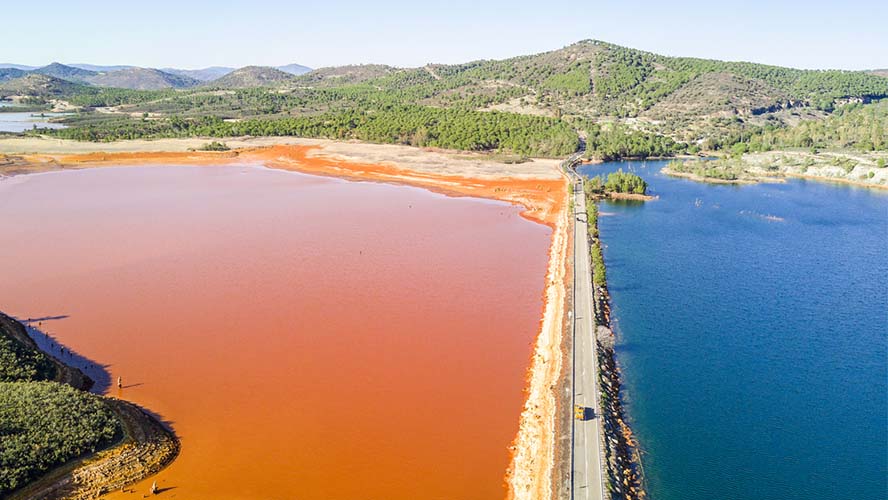
The Arco Iris [Rainbow] mine
The Peña de Hierro is a protected landscape where an old tunnel over 200 metres long has been restored so that it can be visited. This mine alternated underground operations with opencast mining. Here, pyrite and large quantities of metals and sulphides essential for the production of copper and sulphur were extracted. You will find out what a winch is, and what it was used for.
It is from the opencast mine’s viewing point that the graduated colours of the minerals can be best appreciated, as they lend a kind of rainbow tinge to the land. This is where scientists from CAB, INTA and NASA work on new technologies and on equipment for future missions to Mars. The amazing thing about this ecosystem is the emergence of life in extreme conditions which are similar to those found on the Red Planet. It has been found that, despite the acidity of the water, the Red river contains algae, fungi and micro-organisms that are able to live without oxygen, something that is unique in the known world.
During the trip, you will see old industrial installations such as a crushing machine, a chute for processing the minerals, and a 1910 power station. There is also an interpretation centre. This is where the river is born, along with all the hidden mysteries of the composition of its waters.
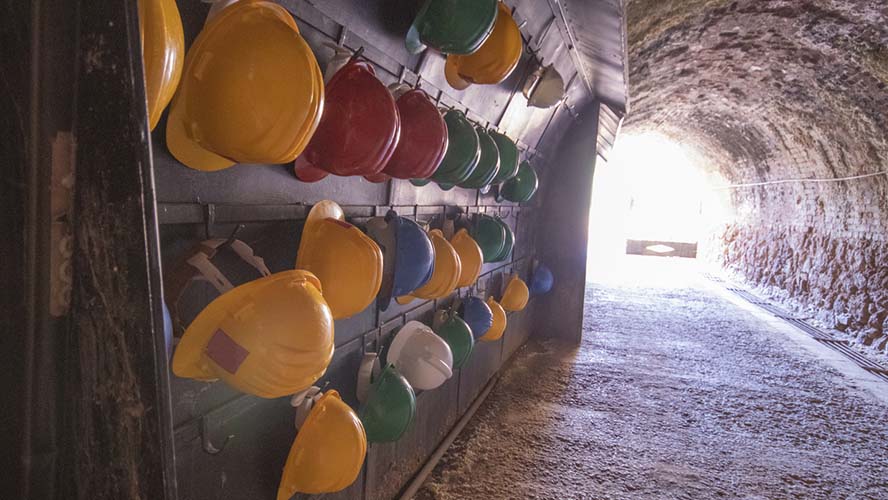
The Bellavista neighbourhood
To show what life was like in this area during the nineteenth century (at the height of the British mining boom), the Barrio [neighbourhood] de Bellavista, the home of the British colony that directed the mining operations, has been preserved. The British management, who kept themselves apart from the locals, brought here sports such as tennis, polo, cricket and football, that were unknown in Spain. That is why the Real Club Recreativo de Huelva, founded in 1889, is Spain’s oldest football club.
The neighbourhood made up of Victorian cottages still preserves its Presbyterian chapel, its tennis club and its English club. This club, situated in the centre of the community and overlooked by the dwellings, was a leisure facility for the managers—but only men were allowed in. For this reason, the locals gave it the name of “Menonli”, adapted from the English phrase “men only”.
One of the houses, built in 1885, is open to the public. This is number 21 where, on its three floors, visitors can see the living spaces occupied by the family and the servants. The furniture and belongings give us an idea of the traditions that the English brought with them, such as tea time. You can see old toys, as well as photos of the first British people to live on the beach at Punta Umbría, the perfect place to spend the summer months.




































































